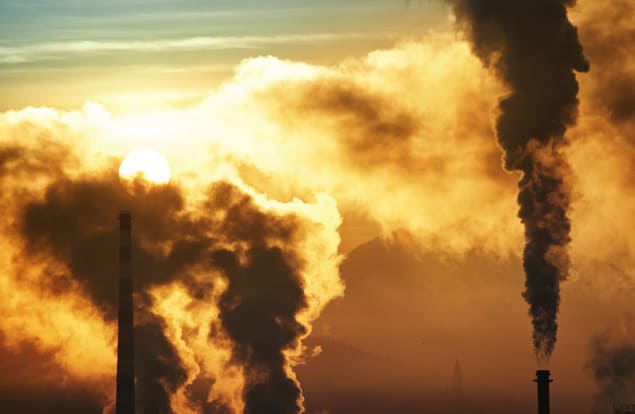Indirect emissions of supply chains skyrocket
20 Nov 2018
Besides electricity consumption, the indirect emissions of supply chains are the fastest-rising area of emissions worldwide, according to researchers in the US and Norway.
In the two decades to 2015, such indirect emissions rose by over 80% – nearly double the rise of direct emissions. The non-electrical indirect emissions of the industry sector alone now stand at 32 billion tonnes of carbon dioxide, the study shows.
Edgar Hertwich at Yale University, US, believes his and colleagues’ study exposes “the potential agency different sectors have over supply chain emissions”. The message is to “look at your purchases in addition to your direct energy consumption, to identify opportunities for emission reductions”.
The Greenhouse Gas Protocol, a corporate standard, defines three categories of emissions. “Scope 1” are the direct emissions of a sector, “scope 2” emissions relate to electricity consumption whilst “scope 3” emissions relate to all other indirect emissions, for instance from purchased materials, secondary transport and waste disposal.
Many previous analyses focused on the direct emissions of facilities, or on the carbon footprints of consumption – that is, all the emissions incurred in a product that is delivered to a consumer. But, according to Hertwich, no-one before had analysed the indirect, scope 2 and 3 emissions allocated to where production occurs, from an economy-wide perspective.
“The benefit is that it indicates emissions-mitigation opportunities in production, and potentially also trade-offs associated with any changes,” he says.
Hertwich and co-author Richard Wood of the Norwegian University of Science and Technology looked at the trajectory of scope 1, 2 and 3 emissions for five sectors – energy supply, transport, industry, buildings, and agriculture and forestry – between 1995 and 2015. They found that, as a whole, scope 1 emissions rose by 47%, but scope 2 emissions rose by 78%, and scope 3 emissions by 84%.
Most of the rises occurred in developing countries. The final levels of scope 1, 2 and 3 emissions were 32, 10 and 45 billion tonnes of carbon dioxide, respectively.

Hertwich identified a potential means of improving the industry sector, which at 32 billion tonnes of carbon dioxide saw the biggest scope 3 emissions.
“Given that half of industry emissions are from the production of materials, we can say that moving towards light-weight design and low-carbon materials are promising strategies, in addition to looking at opportunities to extend the lifetime of the materials,” he says. “Of course, each of these potential opportunities needs to be investigated further in detail.”
Hertwich hopes that this type of analysis will feature in the next report by the Intergovernmental Panel on Climate Change (IPCC), which currently does not consider how changes in one sector can affect another.
“A lot of mitigation measures will require more inputs of equipment and materials, such as the insulation and heat-recovery ventilation systems for buildings or high-speed trains,” he says. “We need to understand these trade-offs.”
The team published the study in Environmental Research Letters (ERL).
20/11/2018 from physicsworld.com

Δεν υπάρχουν σχόλια:
Δημοσίευση σχολίου